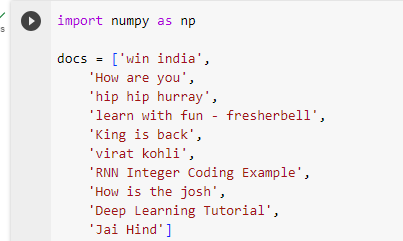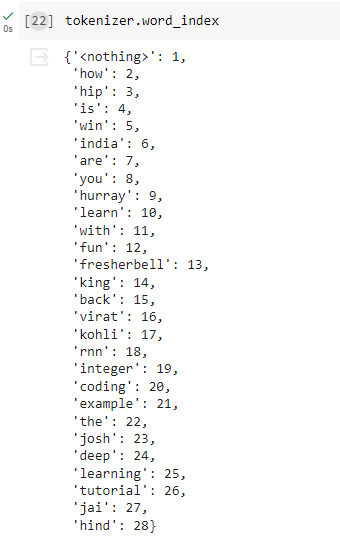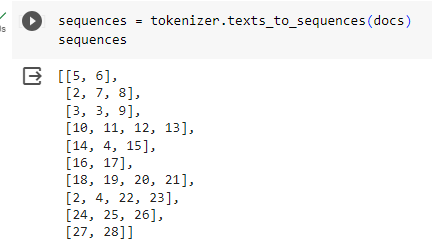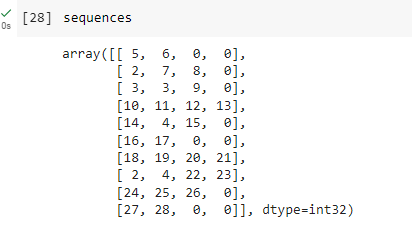Deep Learning - RNN - Recurrent Neural Network - RNN Architecture & Forward Propagation Tutorial
Why RNN?
1] RNN - Required for sequential data of any length
ANN – requires fixed input, does not work for sequential data and use of zero padding also increases the cost of computation
2] RNN – Sequence contains some meaning
ANN – We lose sequential information.
RNN Architecture
Data in RNN are in the form (timesteps, input_features)
| Review Input | Sentiment |
|---|---|
| movie was good | 1 |
| movie was bad | 0 |
| movie was not good | 0 |
Vocabulary of 5 word
movie - [1, 0, 0, 0, 0]
was - [0, 1, 0, 0, 0]
good - [0, 0, 1, 0, 0]
bad - [0, 0, 0, 1, 0]
not - [0, 0, 0, 0, 1]
in Keras, Simple RNN is (batch-size, timesteps, and input_features) i.e. (3, 4, 5) as 3D Tensor in RNN
How to convert Text into Vector?
- Using Integer Encoding and Embedding
- Using Integer Encoding
Step 1 - Create a Vocabulary of text using the unique word i.e tokenizing word using index number
| Text | Vector |
|---|---|
| Hi there | [1 2] |
| How are you | [3 4 5] |


Step 2 - As the size of the text is different we will use padding to make it the same
| Text | Vector | After Padding |
|---|---|---|
| Hi there | [1 2] | [1 2 0] |
| How are you | [3 4 5] | [3 4 5] |



And then passing the sequence to fit into the model

Using Code - Integer Encoding RNN Practical
- Using Embedding
In Natural Language Processing, word embedding is a term used for the representation of words for text analysis, typically in the form of a real-valued vector that encodes the meaning of the word such that the words that are closer in the vector space are expected to be similar in meaning.
Using Code - Sentiment Analysis Practical